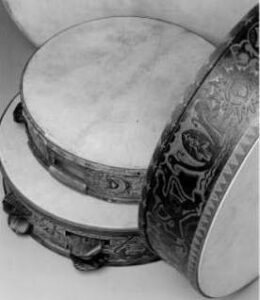Rhythm is perhaps the first, rudimentary form of human organization. We are pretty sure that the expression “heave-ho” has greatly contributed to a better management of efforts. What would have happened if everyone had pulled or pushed, tried to raise or lower an object at different times?
Of course we would not have the pyramids, and much more. From the voice to the sound, this is why drums, tubular sunken instruments that create a sound by hitting the stretched leather at one end, played a key role in the organization of the work of the primitive memory.
Thus, saving several uvula from wearing out. They have also become an infallible means of communication, through common codes that allowed the transmission of messages from a distance, they were instruments of threat and annihilation for enemies during battles. They played an official, ceremonial, sacred or symbolic role. If it is true that today rarely natural leather are used for tools, especially since the introduction in 1957 of synthetic leather for drums by Remo Belli – a good drummer but especially a good businessman – mostly in the popular traditions many tools are still using natural leather. For example, in Sardinia during the Carnival drummers are called the Tumbarinos in the town of Gavoi and Tamborrusu in Ogliastra. In Campania you can find the “Tammorra”, a large drum made from goatskin or sheepskin that has five pairs of resonant plates and still accompanies the characteristic dance of “Tammuriata”.
